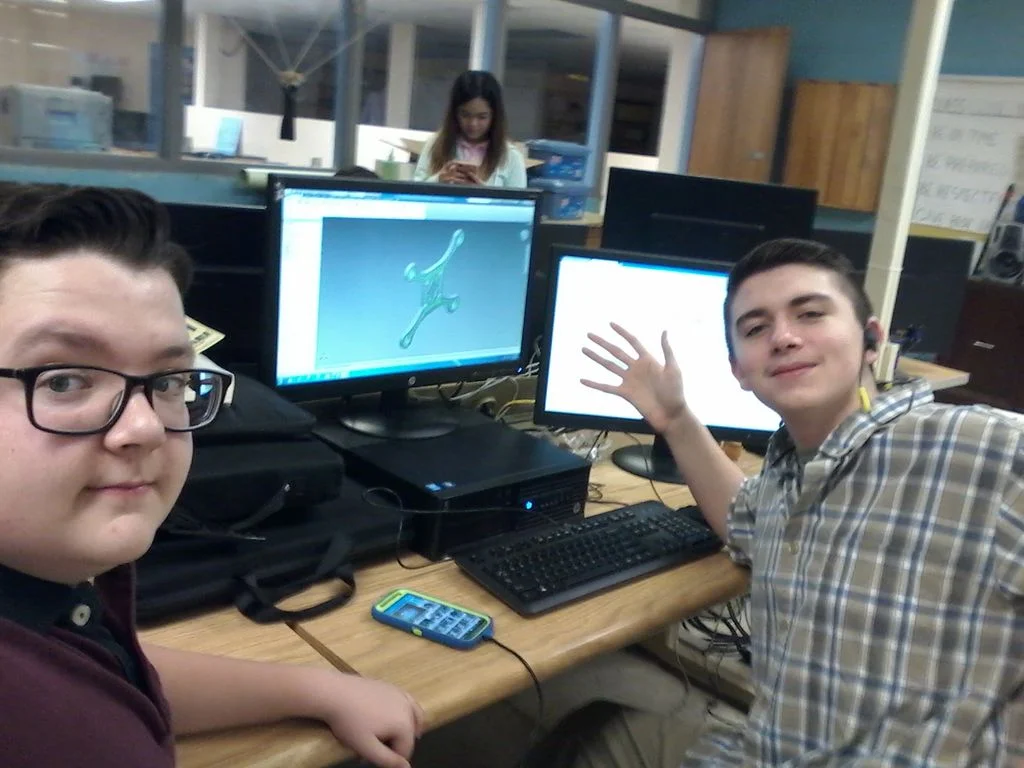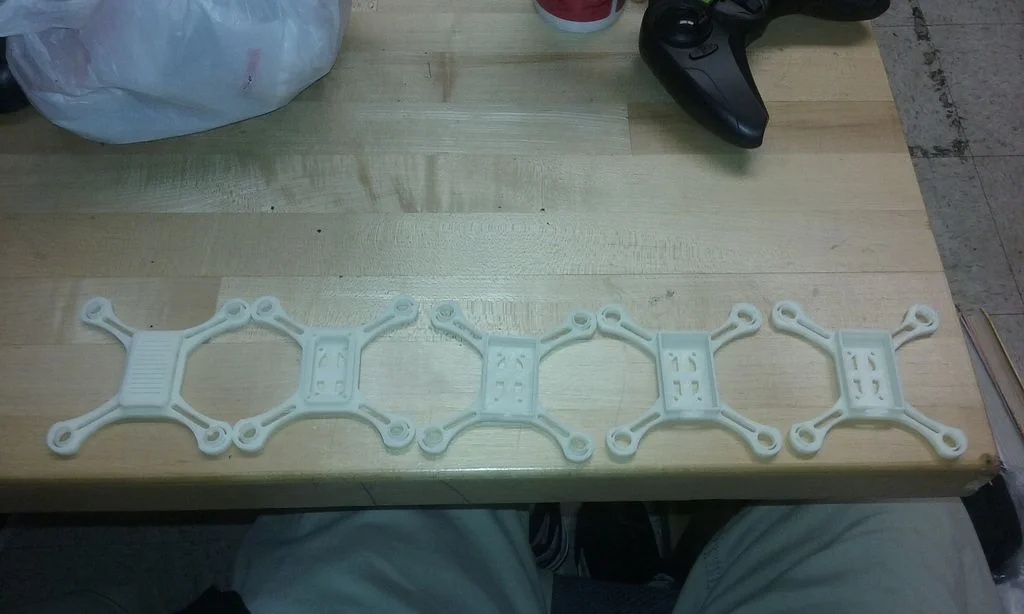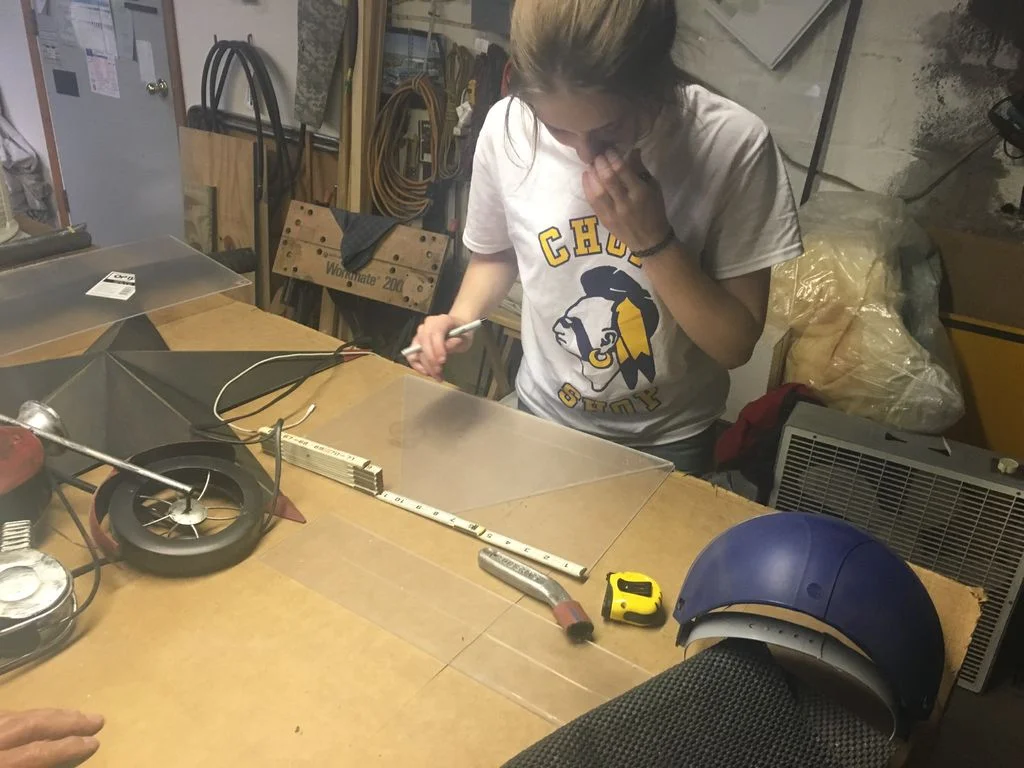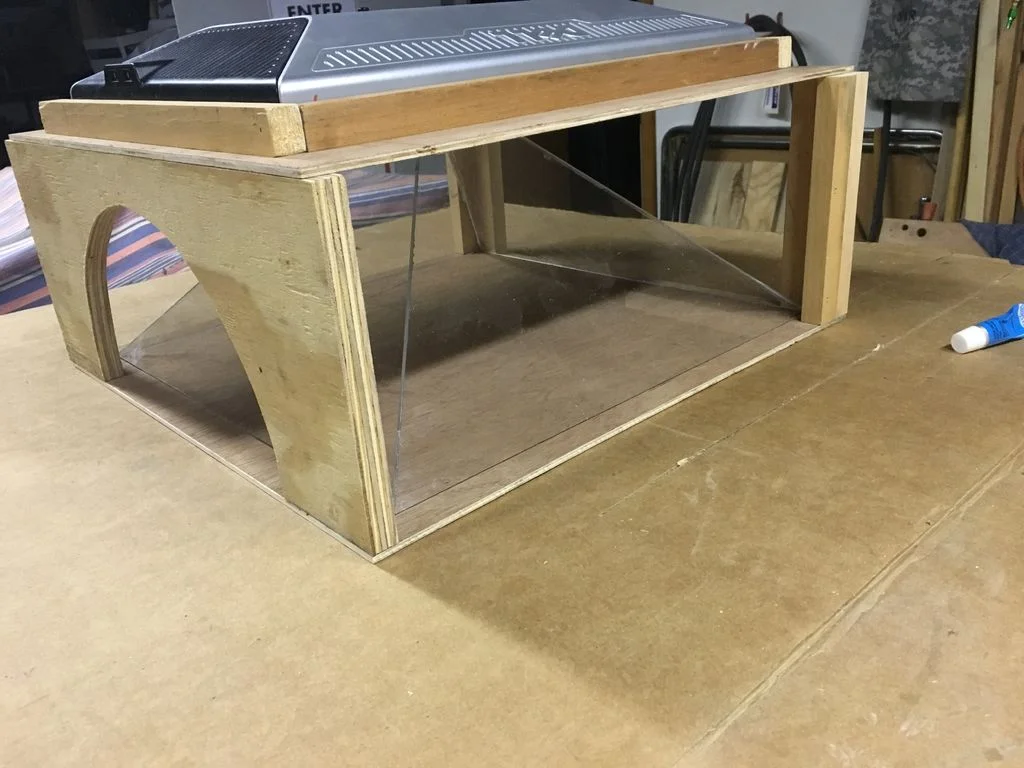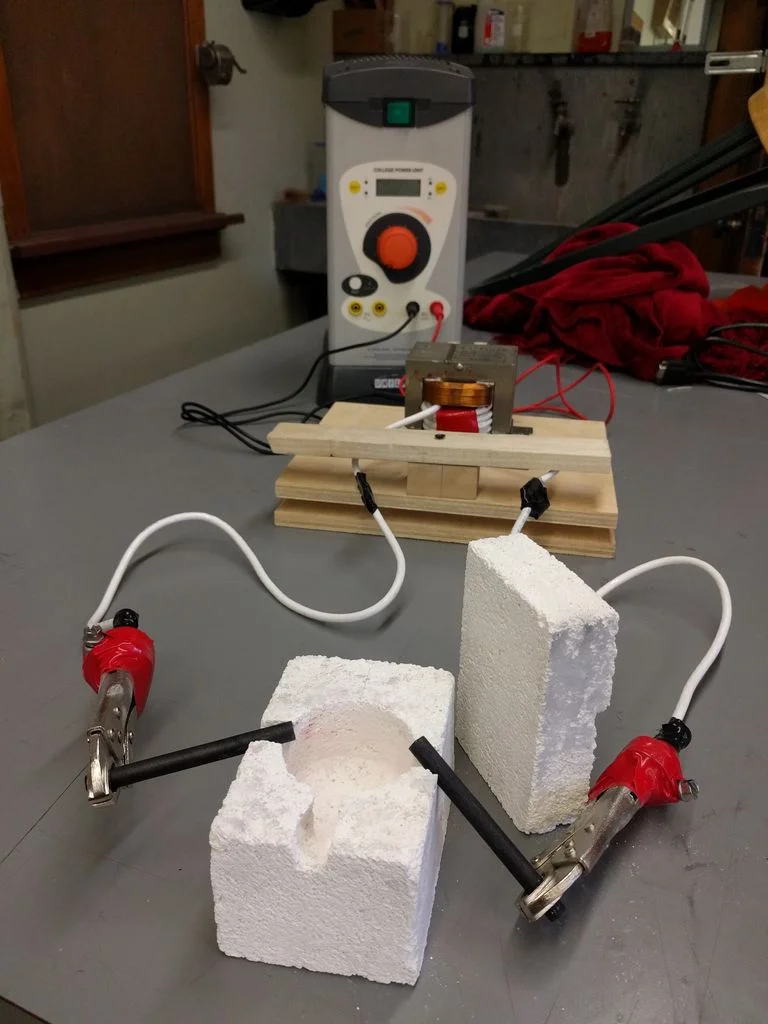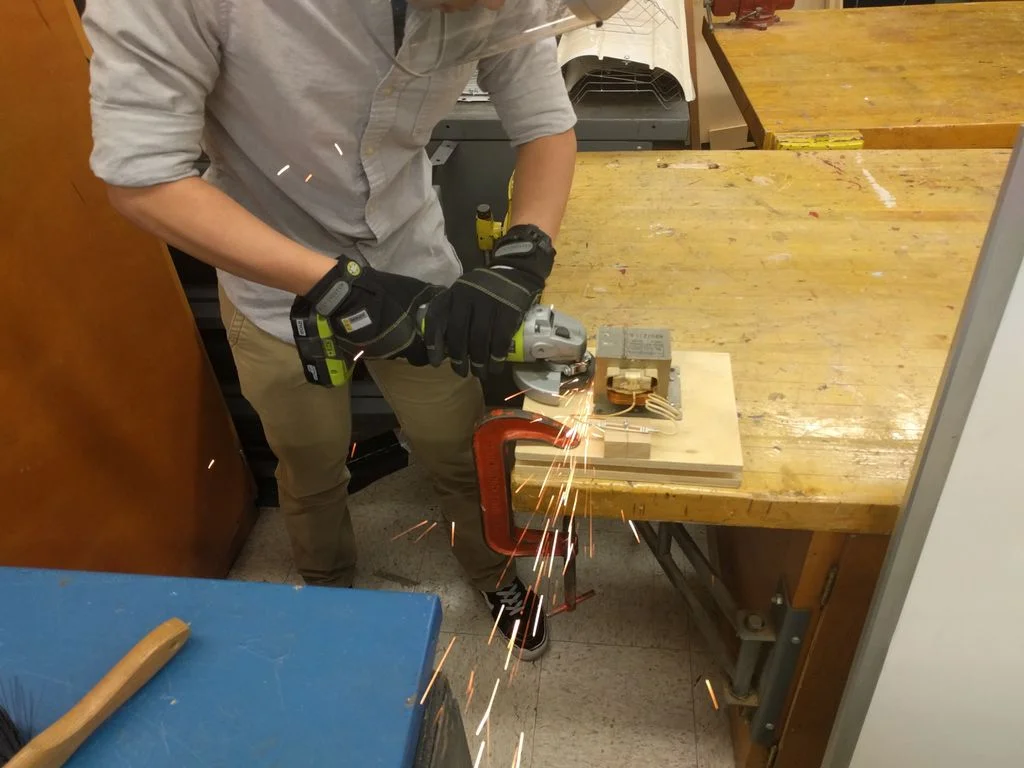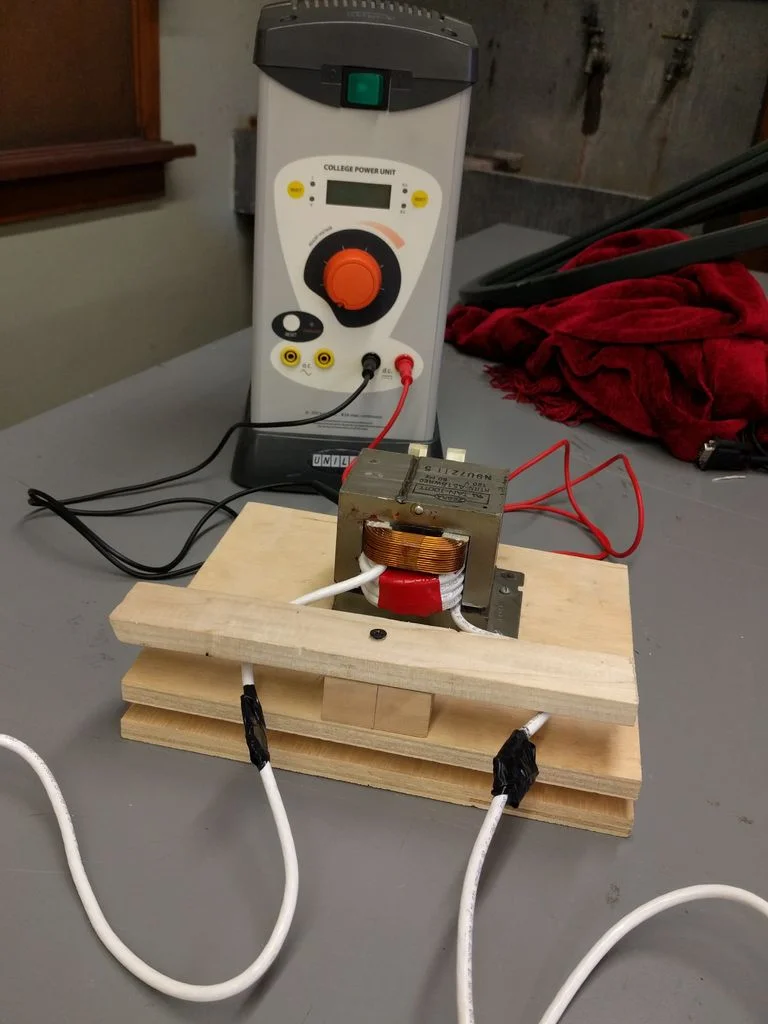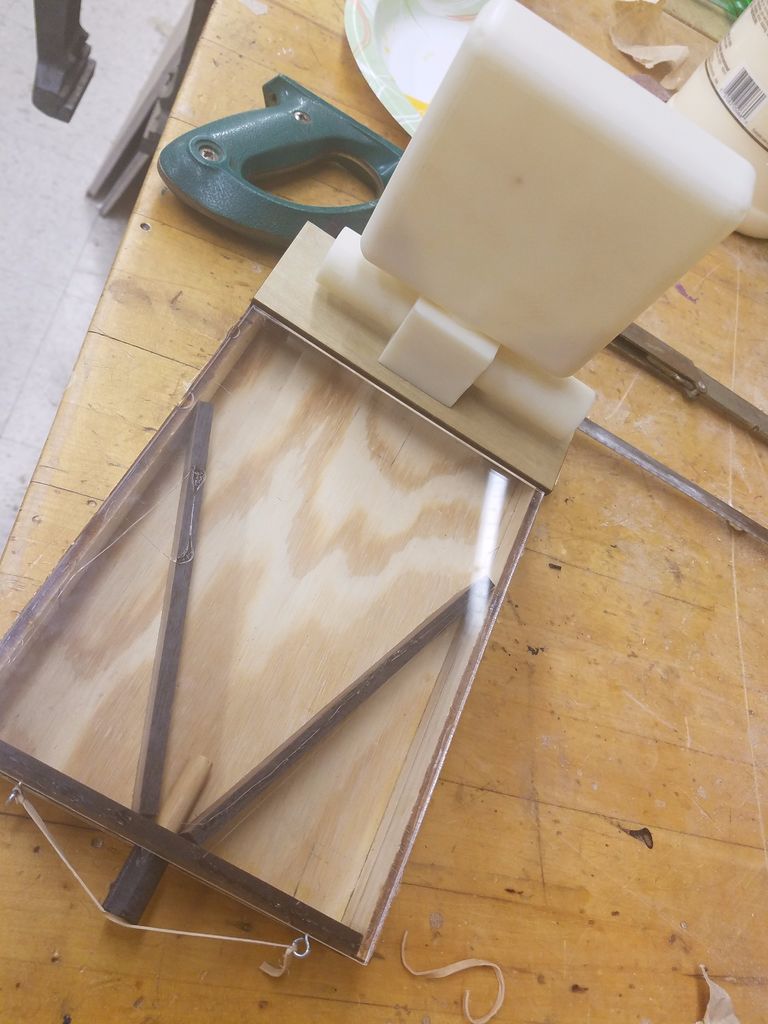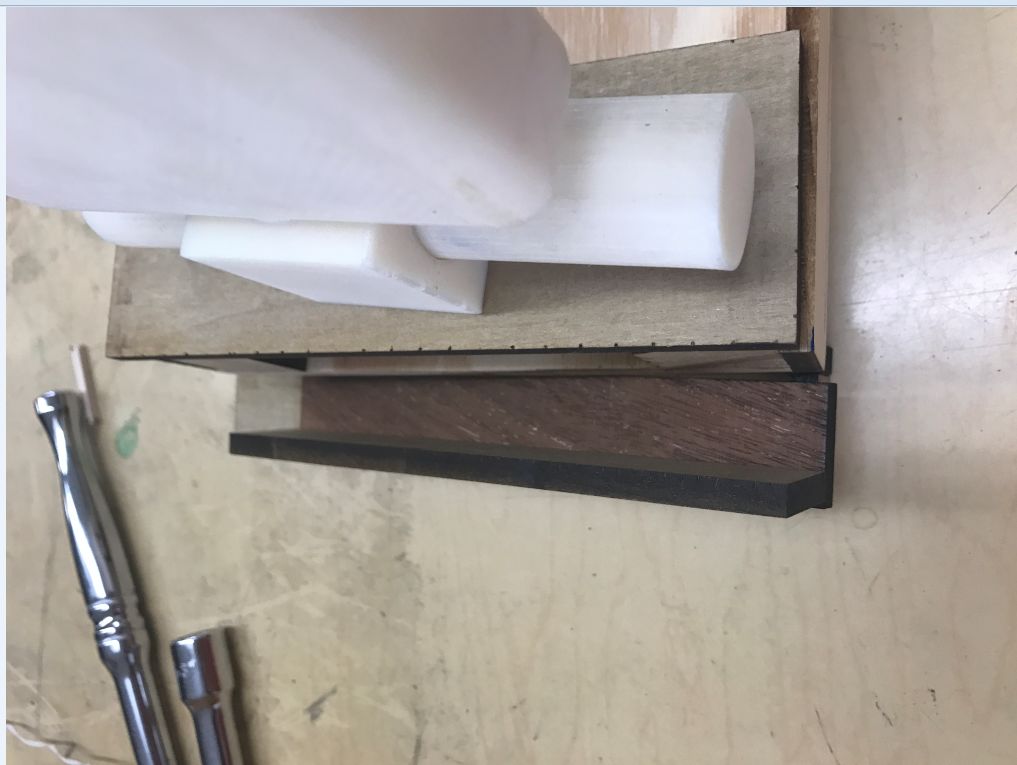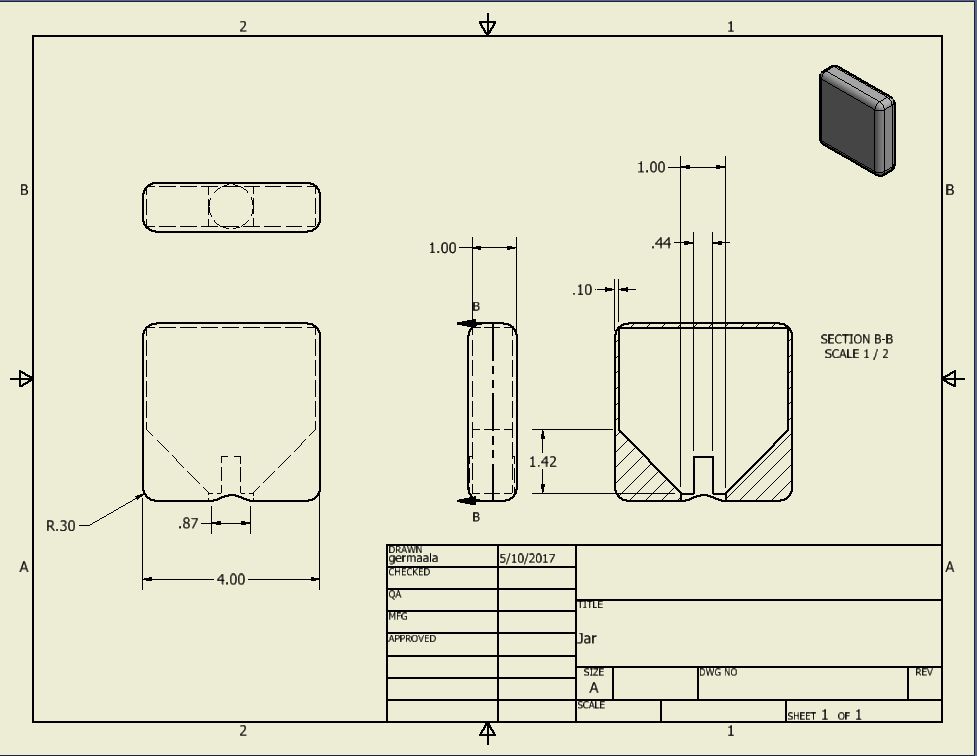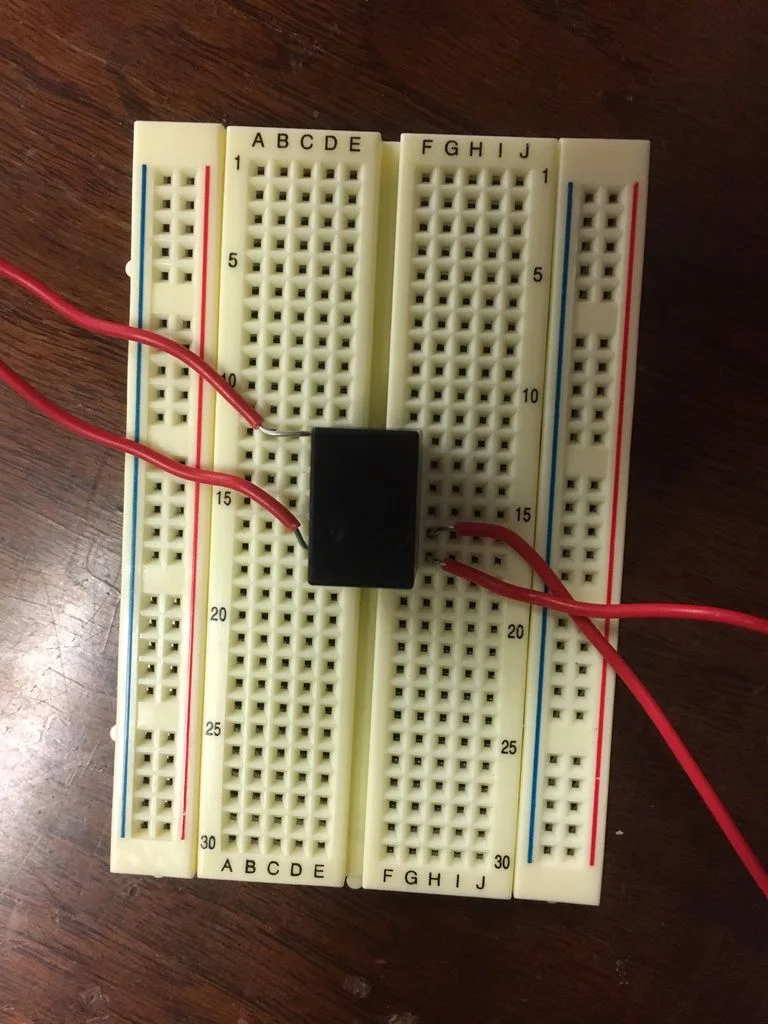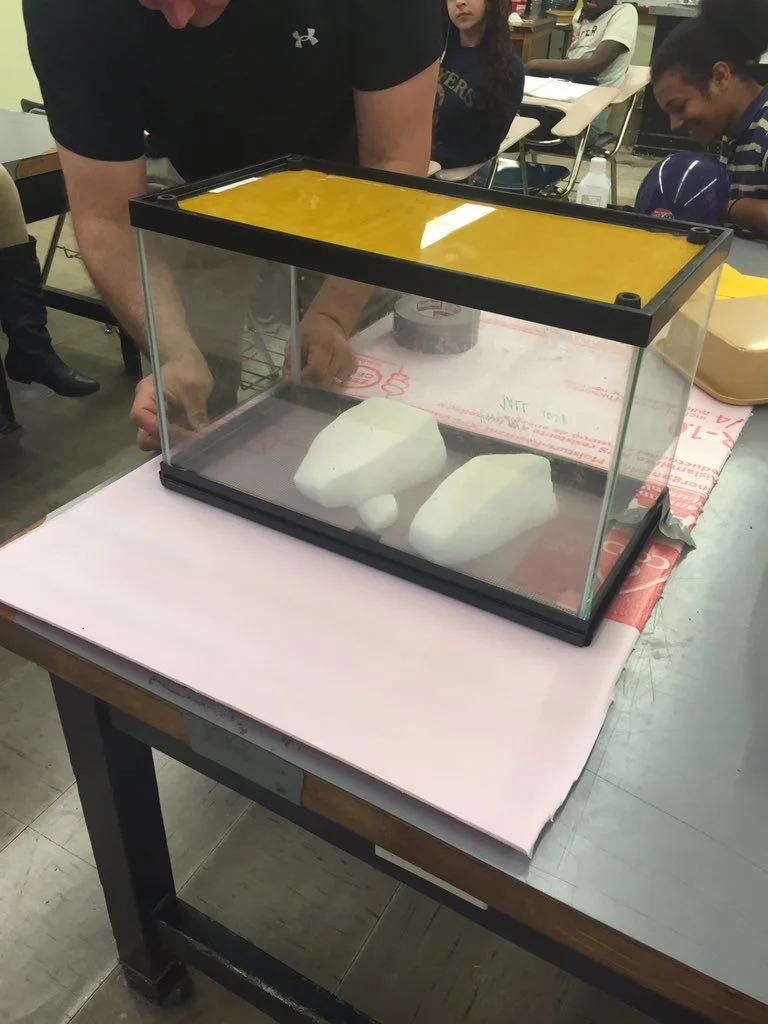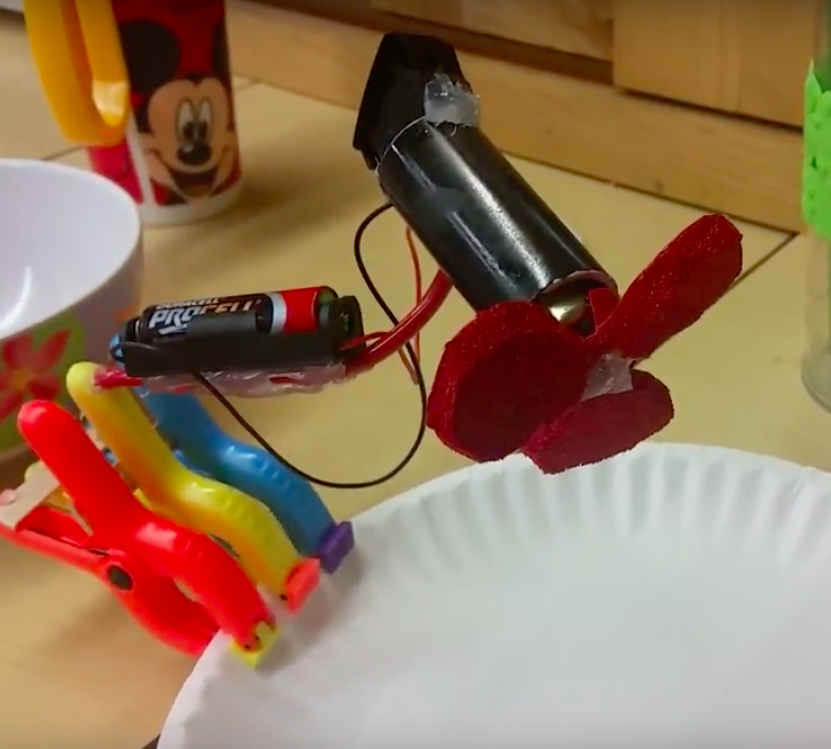We received ten different projects for the 2016 to 2017 Butwin Elias Science and Technology Award. The Times-Leader wrote an article about the BEST and Caffrey Welles Arts Awards here. We raised funds for this years award with a Gofundme page found here. The winners of the BEST award are listed below!
First Place ($1,500): MC Phoenix Mini Drone
The first place winner for the 2016-2017 BEST award was Michael Grebeck and Chase Leach with their 3D Printed MC Phoenix Mini Drone. The instructable that details their project can be found here.
Second Place ($500): 3D Pyramid Hologram
Alyssa Lane won second place with her 3D Pyramid Hologram. The instructable that she wrote to document her project can be found here.
Third Place ($250): Electric Arc Furnace
Forest Nguyen and Stanley Kwok won third place with their instructable that documented the build of an Electric Arc Furnace. The instructable they wrote can be found here.
Fourth Place ($200): Hand Crank Generator
Pablo Franco won fourth place with his instructable that documented his build of a Hand Crank Generator. The instructable he wrote can be found here.
Fifth Place ($125): Engineered Pinball Machine
Rosalinda Sosa and Alana Germano won fifth place with their instructable that documented the build of an Engineered Pinball Machine. The instructable they wrote can be found here.
Participation Awards ($50):
Earning participation Awards for this years BEST award were Natalie Davidson's Recycle Itself, Jacob Ostrowski and Luke Bottger's Easy Water Gun Alarm Clock, Brianna Billingsley and Carson Kosloski's Particle Detector, Chanelle Sanchez Jadelyn Perez and Kitzia Ramirez's Marbleous Game and Stephen Franckiewicz's Cool Breeze Food Fan.
Speech Given at the Awards Ceremony:
Adam Spoke during the Awards ceremony about how much technology has changed since his time at Meyers and how the process of scientific and technological progress is about striving for constant improvement and failing a lot. The transcript of his speech is below:
This is the fifth year that I'm giving out the Butwin Elias Science and Technology Award. It also is the tenth year that I've graduated from this high school. This made me reflect back on my time here and how much has science and technology has changed since I walked these halls. Since my sister Mia, who is on stage with me today and is four years older than me, has walked these halls science and technology has changed a pretty significant amount. When my sister Mia started at Meyers my family of five kids and two parents did not have a single cell phone. It wasn't a thing that existed back then. We had a single land line that hung on the wall at our house. You had to memorize the phone numbers of people that you wanted to call. I still remember Joe Baranoski's phone number that I memorized while growing up. You didn't have a contacts book, you couldn't text your friends you couldn't google anything.
Four years after Mia started at Meyers I started seventh grade here. At that time our family got their first cell phones. We had two that we all shared and you had to call the number and ask if one of us was there. I actually looked up the details on these phones. It was the Nokia 3310 and it was released in 2000 and it was a pretty standard crappy cellphone. It had a total of 1 kilobyte of memory a screen that was 84x48 pixels wide. It had no camera at all so you couldn't take any pictures on your phone and it stored a total of 8 missed calls, 8 received called and 8 dialed calls. A grand total of 24 stored calls! It came with a standard four games. You couldn't go to the app store, you couldn't add anymore games you were stuck with snake tetris and I think breakout. Not the best.
So these are a bunch of numbers but if you compare them to the Apollo Guidance Computer, the computer that was in control of the guidance and navigation of the Apollo moon lander, you seem some pretty startling things come about. So the Apollo guidance computer had 72 kilobytes of memory and had a processor that ran at 1 megaHertz. Again more numbers but the average picture that you take on a phone these days is around three megabytes in size. So the Apollo guidance computer could hold about 1/40th of a modern picture if all of its memory was dedicated to storing it. That little bit of memory took humans to the moon. That is crazy! So if you compare the Apollo Guidance Computer to the Nokia 3310 you find that the Nokia 3310 had one seventieth the memory of the Apollo Guidance Computer and it could hold about one three thousandth of a modern picture. And that is the first cellphone that my family had while I was a seventh grader at Meyers.
The first cellphone that I actually had was an upgraded version three years later as I was a ninth grader my family got the newer Nokia 6650. The specs on this one were a little bit better. It had 7 megabytes of RAM, a screen resolution of 128x160 pixels and a .3 megapixel camera. And this one stored a total of 40 calls: 20 dialed calls, 10 missed calls and 10 received calls! And so comparing this to the Apollo Guidance Computer we find that in just a few short years cellphones now had one hundred times the memory and could store almost two modern pictures, if you used all of the phones memory for it.
So now if we look at a modern cellphone, seventeen years after I got my first cellphone, the iPhone 7. This phone has 256 gigabytes of memory, runs at a frequency of 2.3 gigaHertz and has a 12 megapixel camera. So if we compare this to the Apollo Guidance Computer we find that a modern cellphone has 3.5 million times the memory of the computer that flew humans to the moon. Its processor is 1,000 times faster! So we see a huge jump from one seventieth the memory to 3.5 millions times the memory in 15 to 20 years of progress. That is incredible scientific and technological progress.
It is easy to look back on the evolution of the cellphone and see it as a well order process of eureka moments one after the other where phones just evolve naturally and easily and gracefully. That is not how technological and scientific progress works. Scientific progress is the result of a lot of failures. And trying to continuously improve those failures until you get a product that works. Regardless of what you are trying to do you are going to fail a lot of times before you get something that work. Mr Elias actually has an old cellphone that most would consider a failure. It is not the best design but he is still using it. Some of these failed phones had keyboards that slid out, integrated game pads or phones that flipped multiple different directions. All of these phones didn't work out as products. They didn't sell and they failed as products. And so the same process that these phone companies went through of designing, building and testing their designs is the same process that the kids that applied to the BEST award went through. This same process is carried out to this day at every major tech company. The can potentially lose a lot more money than the kids that applied here but it is the same process.
The root of all technological and scientific progress is this design build test cycle. When I was here at Meyers I got to experiment with this design build test cycle by building robots for Science Olympiad. At that time the highest tech tool that we had at Meyers was a computer numerically controlled cutter that I never even got to use. What blows me away is that now forty percent of the projects that we got for the BEST award involved 3D printing. This revolutionary new technology is being implemented with a fused deposition modeling machine where you design an object, hit print and then a physical object appears. It is borderline magic and its almost inconceivable that in the basement of an eighty seven year old high school students are experimenting with cutting edge 3D printing technology. They are learning it by themselves and experimenting with it to create whatever projects they want this blows my mind that they are doing this here at Meyers. This is largely due to Mr Elias an Mr Eberts setting up the STEM academy so please take a moment and give them a round of applause for their awesome work here... Having those resources here is amazing and I can't wait to see what innovations result from these kids starting this design cycle here at Meyers. I'm pretty sure that these students can't wait to hear who actually won this year so lets get on with announching this years winners...
Donors Who Are Totally Awesome:
The Iseman Foundation is funded by awesome people who give their hard earned money to help encourage kids to start their journeys in science and technology. The amazing donors for this years BEST award can be found at the GoFundMe page that was set up to fund this years awards found here. Thank you so much to everyone that continues to support getting kids interested in Science and Technology!

